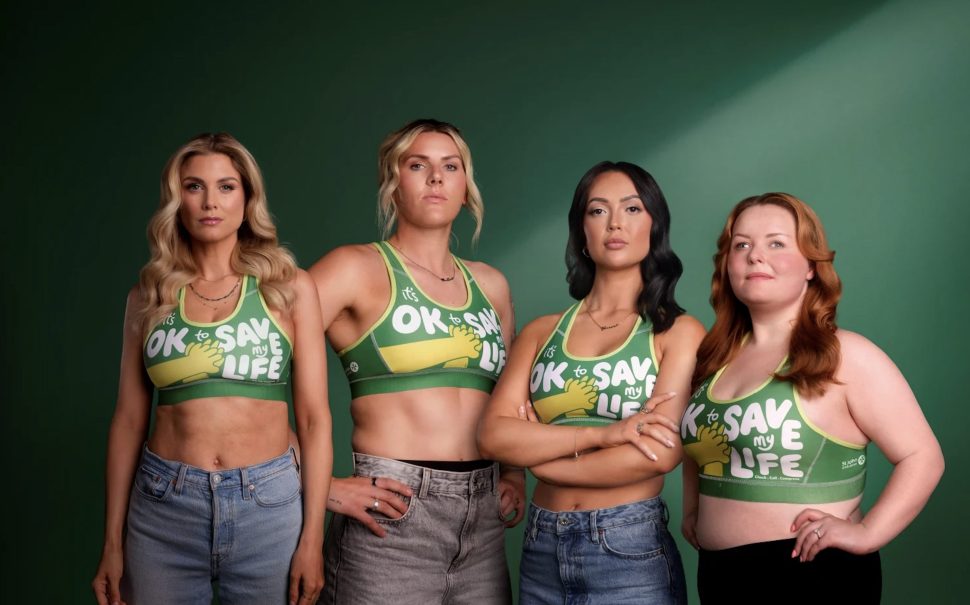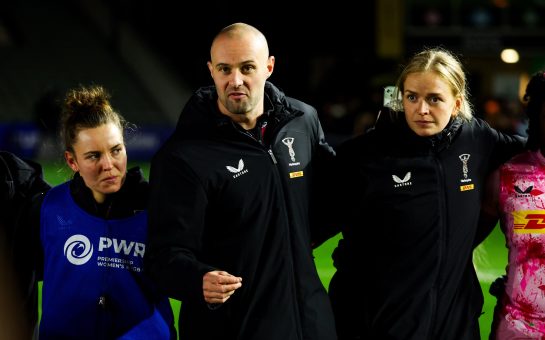Women are less likely than men to receive life-saving CPR when in public, new research has revealed.
One in three Brits are less likely to give CPR to a woman because they are worried about touching breasts, alarming research released by St John Ambulance found.
This suggests a gender disparity in access to emergency medical care due to the “taboo” surrounding women’s chests.
A St John Ambulance spokesperson stated: “Other research revealed similar findings and as an organisation which champions first aid being accessible to everybody, it was important to address this.”
According to the research, only 68% of women are likely to receive CPR from bystanders compared with 73% of men.
It was also found that a third of men are concerned they will be accused of ‘inappropriate’ touching when giving chest compressions to a woman in cardiac arrest in public.
The PR team at St John Ambulance stated: “Data from studies suggested that women are less likely to receive bystander CPR in public than men.
“Experts aren’t entirely sure why, but suggest it could be that people are worried about hurting or touching women, or that they think a woman is less likely to be having a cardiac arrest.
“These concerns about how to give a women CPR are reflected anecdotally in St John Ambulance’s training sessions from delegates attending their courses, too.”
In response to this, St John Ambulance launched the CPR Bra campaign to increase the public’s awareness of the gender CPR gap and take action by learning first aid for cardiac arrest.
When asked about the campaign, the spokesperson added: “St John Ambulance chose to put the very thing that people are uncomfortable with at the forefront of this campaign i.e. breasts and bras.
“To save more women’s lives, we wanted to face the topic head on.
“We wanted to normalise the need to put hands on the breast for CPR or to remove a bra when applying defibrillator pads.
“So the bra itself was created to reassure people that taking fast action is the right thing to do to save a life regardless of gender.”
The CPR Bra launched by St John Ambulance, features the message ‘It’s OK to Save My Life’ on the front, along with a reminder of the steps needed to respond to a cardiac arrest, as every second counts.
Research from the Oxford Academic suggests that the issue of women not receiving life-saving CPR could be related to CPR training dummies, or mannequins, often being male-presenting and not having breasts.
According to this research, 95% of CPR dummies/mannequins available worldwide for training do not have breasts.
Training plays a large role in the gender disparity, as confirmed by the St John Ambulance research, with nearly two-thirds of all respondents agreeing that their comfort levels would increase if offered the right support and training.
Nearly half of the male respondents to the survey stated they feel less comfortable using a defibrillator on a woman knowing that they might have to remove her clothing, including a bra.
A defibrillator, when used within the first three minutes, can increase the chances of someone surviving a cardiac arrest by up to 70%.
Knowing this statistic, it is increasingly important to bring awareness to the issue of women being less likely to receive the lifesaving emergency care they may need due to their physiological differences to men.
The spokesperson concluded: “The response to the campaign was overwhelming, with it sparking nationwide conversations about the gender CPR gap, as well as women’s health gaps more generally and the role the public and particularly men have in helping to address the issue so more lives can be saved.
“The charity received hundreds of enquiries on where people could buy the bra and support St John’s efforts in getting more people trained in lifesaving first aid.
“We hope to build on this momentum and continue to champion equity when it comes to first aid and ensure that everybody receives help when they need it most.”
To learn more about the CPR Bra campaign or to look at their free life saving advice and book a course for hands-on/in person training, visit the St John Ambulance website www.sja.org.uk.
All images courtesy of St John Ambulance





